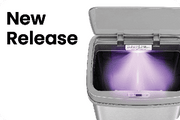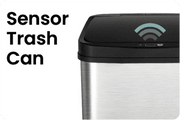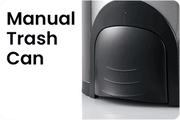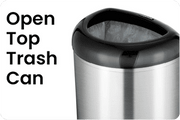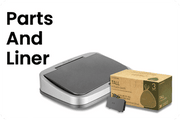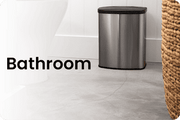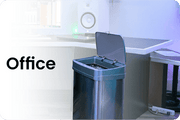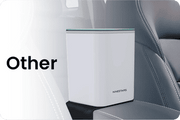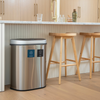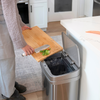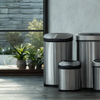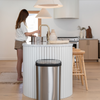The Role of Recycling Bins in Sustainable Living
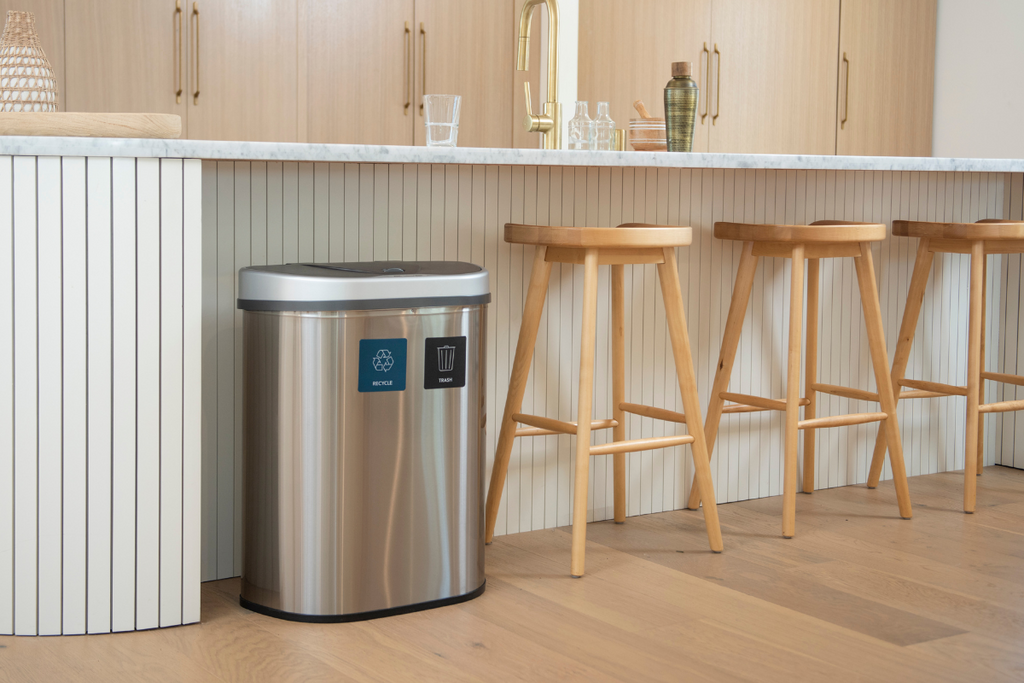
Sustainability is no longer just a trend, it’s a necessity. With landfills overflowing and pollution on the rise, every household has a role to play in reducing waste and promoting eco-friendly habits. One of the easiest and most effective ways to contribute to sustainability is by using recycle trash cans properly.
Recycling bins are more than just storage for paper, plastic, and glass. They help minimize landfill waste, conserve resources, and reduce carbon emissions. Whether you're new to recycling or looking to improve your waste management system, understanding how to use recycling bins effectively can make a significant impact.
In this guide, we’ll explore the role of recycling bins in sustainable living, how to choose the best ones for your home, and practical tips to maximize their benefits.
1. Why Recycling Matters
Recycling plays a crucial role in protecting the environment and conserving natural resources. Here’s why it’s essential:
-
Reduces Landfill Waste – The U.S. produces nearly 42 million metric tons of waste per year. Recycling helps divert waste from landfills, reducing environmental pollution.
-
Conserve Natural Resources – Recycling paper, plastic, and metals saves energy and reduces the need for raw material extraction.
-
Low Carbon Emissions – Manufacturing new products from raw materials consumes more energy than recycling existing materials.
-
Prevents Ocean Pollution – Improper waste disposal leads to plastic pollution, harming marine life and ecosystems.
By using recycle trash cans correctly, households can contribute to a cleaner planet while maintaining a hygienic and organized home.
2. Choosing the Right Recycling Bin for Your Home
Not all recycling bins are the same. Depending on your needs and available space, selecting the right trash bin for recycling can improve efficiency and convenience.
Types of Recycling Bins
🔹 Dual Trash Can – Ideal for separating recyclables from general waste in one unit.
🔹 Multi-Compartment Recycling Bin – Great for sorting paper, plastic, and metal.
🔹 Stainless Steel Trash Can – A durable and stylish option for modern homes.
🔹 Kitchen Trash Can with Lid – Helps contain odors while keeping recyclables in one place.
🔹 Car Trash Can – Ensures that recyclables don’t end up as litter.
When choosing a bin, consider factors like capacity, material, lid type, and ease of cleaning to suit your household’s recycling habits.
3. How to Set Up an Effective Recycling System at Home
A well-organized recycling system makes waste sorting easy and encourages everyone in the household to participate. Here’s how to set up an efficient system:
Step 1: Label Your Bins Clearly
Use color-coded labels or stickers to indicate what belongs in each bin:
🟢 Green for paper and cardboard
🔵 Blue for plastic and metal
🟡 Yellow for glass
Step 2: Place Recycling Bins in Convenient Locations
Position bins in high-traffic areas such as:
✔️ Kitchen (for food packaging waste)
✔️ Bathroom (for shampoo bottles and toilet paper rolls)
✔️ Home office (for paper waste)
✔️ Garage or entryway (for easy access before collection day)
Step 3: Rinse and Sort Items Before Disposal
Make sure to rinse food containers before tossing them into the recycling bin. Contaminated items can render an entire batch of recyclables unusable.
Step 4: Monitor and Adjust
Evaluate your recycling habits regularly and adjust your system as needed. If one bin fills up faster than others, consider downsizing trash bins and upgrading recycling bins to encourage more eco-friendly waste disposal.
4. Common Recycling Mistakes to Avoid
Even well-intentioned recyclers can make mistakes that disrupt the recycling process. Here are some common do’s and don’ts to keep in mind:
🚫 Don’t put plastic bags in the recycling bin – They can jam sorting machines at recycling centers.
🚫 Don’t recycle greasy pizza boxes – Oil contamination makes cardboard non-recyclable.
🚫 Don’t mix different types of glass – Some glass, like Pyrex and ceramics, has a different melting point and can’t be recycled with regular glass.
🚫 Don’t throw food waste into recycling bins – Leftover food can contaminate recyclable materials.
✅ Do separate lids from bottles – Some caps are made of different plastics and need to be recycled separately.
✅ Do flatten cardboard boxes – This saves space and helps the recycling process.
✅ Do check local recycling guidelines – Different areas have different rules on what can and cannot be recycled.
5. Recycling Bins and Their Role in Reducing Plastic Waste
Plastic pollution is one of the biggest environmental challenges today. Over 8 million tons of plastic enter the ocean every year (National Geographic). Proper use of recycling bins can significantly cut down on plastic waste.
How to Reduce Plastic Waste at Home:
-
Use a Dual Trash Can – Separating plastics from other waste ensures more efficient recycling.
-
Invest in Reusable Containers – Minimize single-use plastics like water bottles and food containers.
-
Recycle Responsibly – Look for recycling codes on plastics and follow local guidelines.
By making small changes in how we dispose of plastic waste, we can collectively make a big impact on sustainability.
6. The Benefits of Motion Sensor and Touchless Trash Cans for Recycling
If hygiene is a top priority, consider upgrading to a motion-sensor trash can or touchless trash can for recycling. These high-tech bins offer:
✅ Hands-Free Operation – Reduces contact and prevents germ spread.
✅ Odor Control – A trash can with a lid helps contain smells.
✅ Smart Waste Management – Some models include built-in dual trash cans for easy sorting.
A stainless steel trash can with an automatic sensor makes recycling more convenient while keeping your space clean and hygienic.
7. Encouraging a Sustainable Lifestyle Beyond Recycling
While recycling is essential, sustainability goes beyond just using the right recycle trash can. Here are additional ways to live a more eco-conscious lifestyle:
♻️ Reduce Waste – Buy in bulk and opt for minimal packaging.
♻️ Reuse Items – Repurpose glass jars, grocery bags, and old furniture.
♻️ Compost Organic Waste – Set up a compost bin for food scraps.
♻️ Shop Responsibly – Support brands that use sustainable materials.
Adopting these habits, along with proper trash bin usage, contributes to a healthier planet for future generations.
Make Recycling a Habit with the Right Trash Can
Recycling is an easy yet powerful step toward a more sustainable lifestyle. Choosing the right recycling bin for your home can simplify the process, reduce waste, and improve overall cleanliness.
If you're looking for a dual trash can, motion sensor trash can, or a stylish stainless steel trash can, explore the innovative selection at Ninestars.
Let’s work together to create a cleaner, greener future—one recycling trash can at a time!
